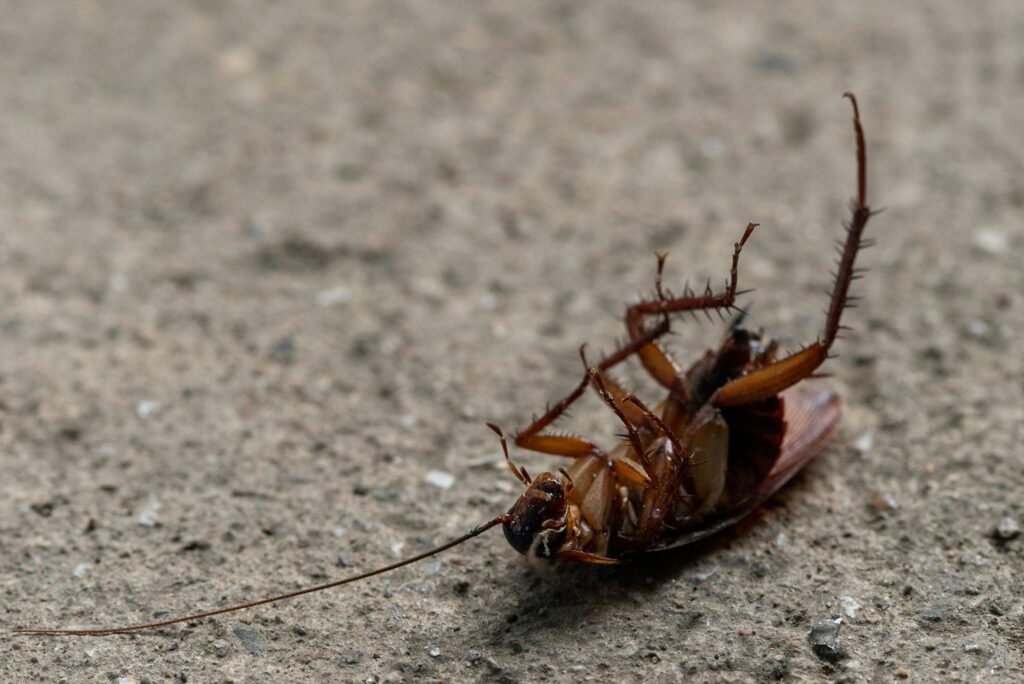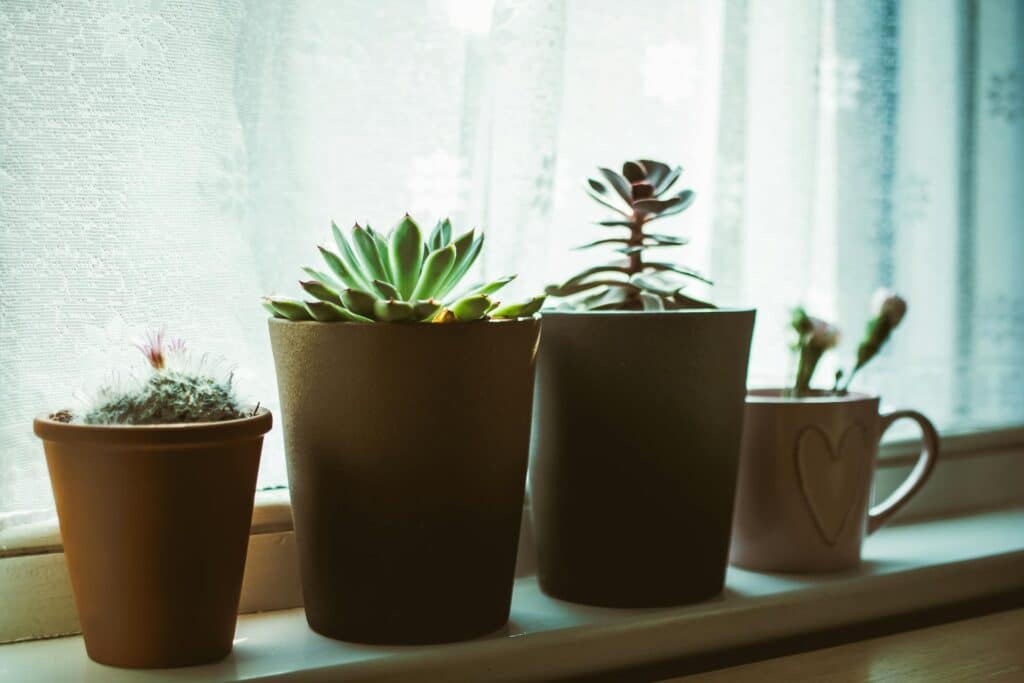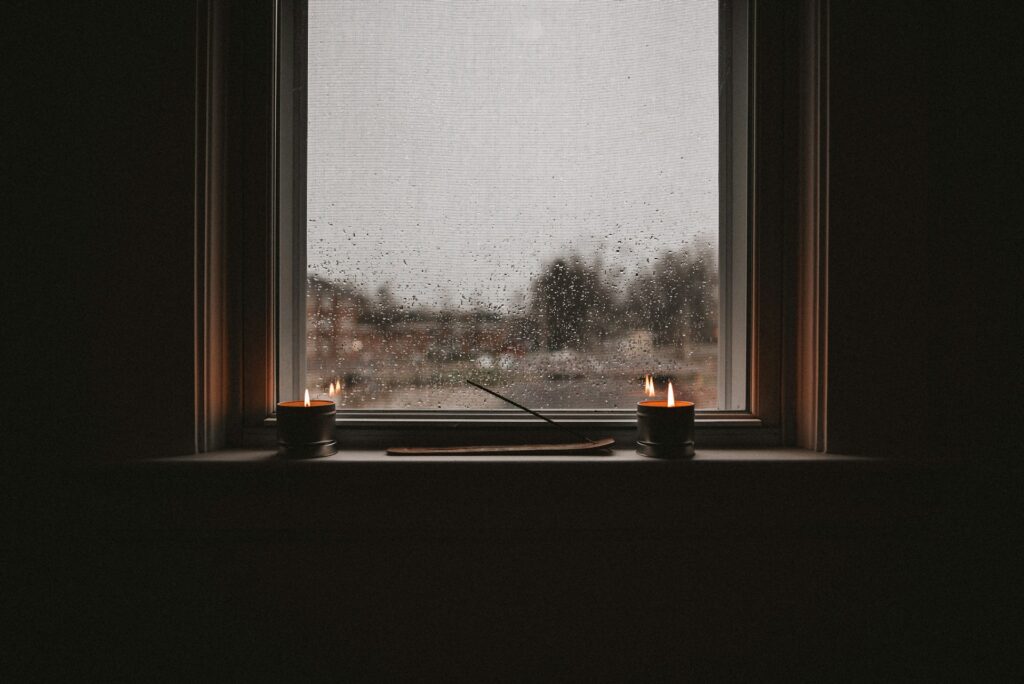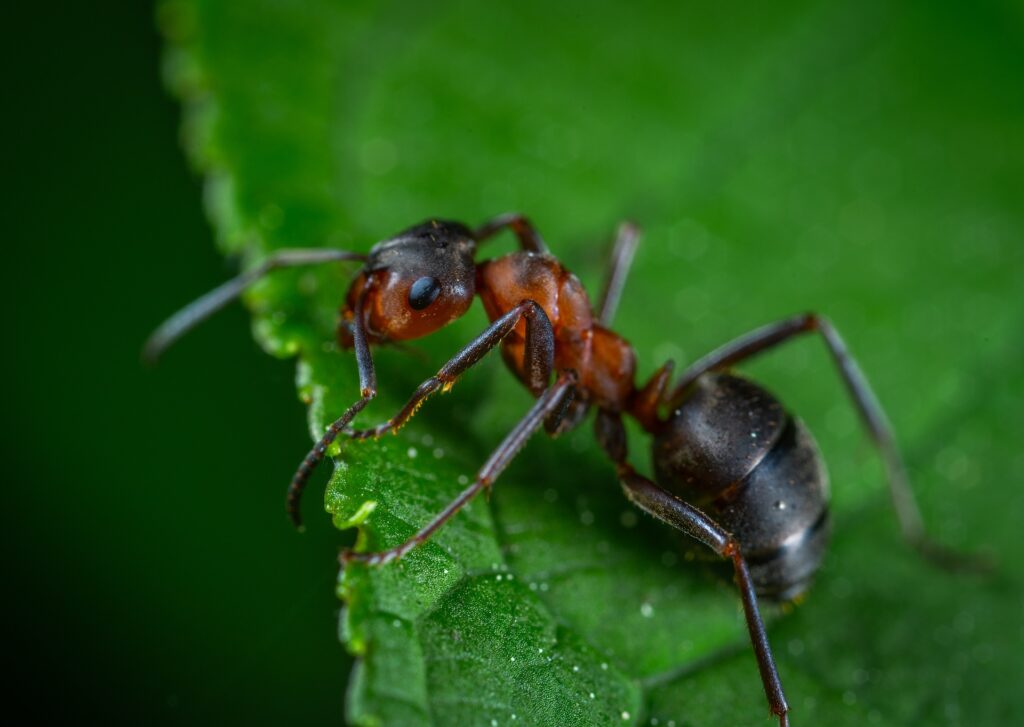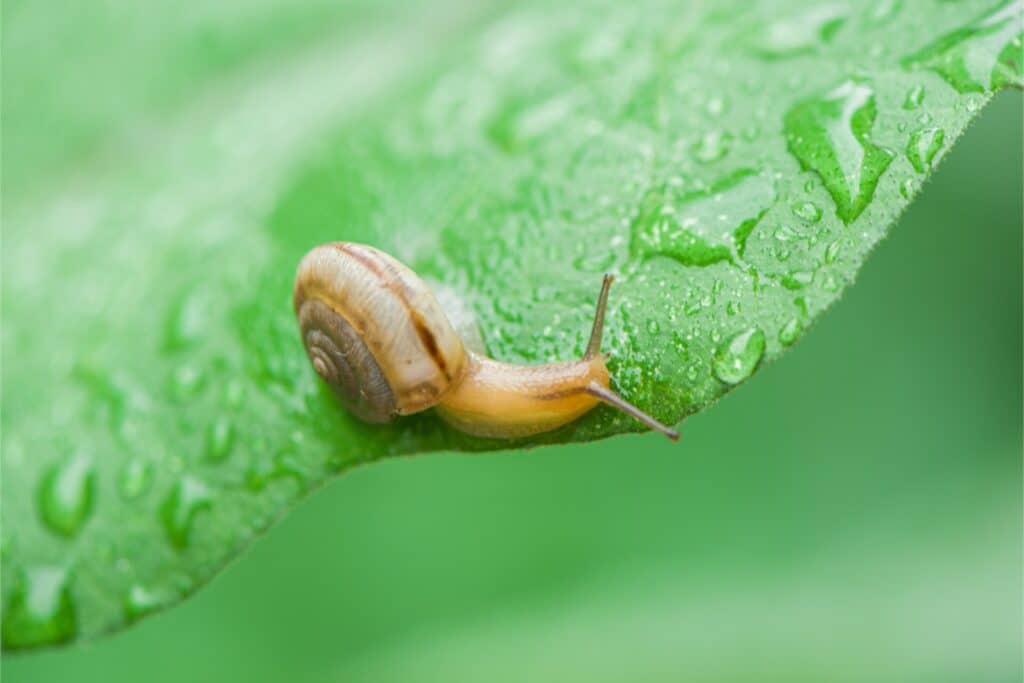As the weather warms up, June bugs start making their appearance, posing a threat to your garden. To effectively protect your garden from June bugs, it’s essential to understand their habits and implement proactive measures. In this guide, we’ll explore practical tips for June bug pest control to ensure your garden stays healthy and vibrant.
What Are June Bugs?
June bugs, also known as May beetles, are common garden pests that emerge in late spring and early summer. These beetles are most active during the evening and night. Their larvae, known as grubs, feed on plant roots, causing significant damage to lawns and gardens. Recognizing the signs of June bug infestation early can help you take timely action.
Signs of June Bug infestation include the following:
- Patchy lawn: One of the first signs of June bug grubs is irregular brown patches in your lawn.
- Increased animal activity: Birds, skunks, and raccoons digging in your yard may indicate they are after grubs.
- Adult beetles: Seeing adult June bugs around lights at night can signal an impending infestation.
Preventative Measures
Proper Lawn Care
- Regular mowing: Keep your lawn well-mowed to discourage June bugs from laying eggs.
- Adequate watering: Maintain a consistent watering schedule to keep your lawn healthy, making it less attractive to pests.
- Aeration: Aerate your lawn to improve root health and reduce compacted soil, which is less inviting to June bug larvae.
Use of Barriers
- Row covers: Use row covers over vegetable gardens to prevent adult June bugs from laying eggs.
- Mulching: Apply a thick layer of mulch around plants to deter beetles and protect the soil from egg-laying.
Natural Predators
- Birds: Birds are natural predators of June bugs. Attract them by installing bird feeders and nesting boxes.
- Beneficial nematodes: Introduce beneficial nematodes to your soil. These microscopic worms prey on June bug larvae, reducing their population.
- Chickens: If you have a small flock, allowing chickens to roam your garden can help control June bugs, as they feed on both larvae and adult beetles.
June Bug Pest Control Methods
Biological Control
- Milky spore disease: This natural bacterium specifically targets June bug grubs, providing long-term control by infecting the larvae and preventing them from maturing.
- Bt (Bacillus thuringiensis): This is another bacterial option that targets June bug larvae. It is safe for plants, pets, and humans but deadly to the grubs.
Chemical Control
- Insecticides: For severe infestations, consider using insecticides designed for grub control. Apply them in late summer or early fall when grubs are most active.
- Grub control products: Products containing ingredients like imidacloprid or chlorantraniliprole can be effective. Follow the manufacturer’s instructions for the best results.
Monitoring and Maintenance
- Regular inspections: Frequently check your lawn and garden for signs of June bugs and grubs.
- Light traps: Use light traps to monitor adult beetle activity and take action as needed.
- Healthy soil practices: Maintain healthy soil through proper fertilization and organic matter incorporation to discourage pest infestations.
Need Expert Help?
June bugs can be a significant nuisance, but with proper June bug prevention strategies and proactive measures, you can protect your garden from these pests. Implementing a combination of cultural, biological, and chemical controls will help keep your garden thriving throughout the season. If you get overwhelmed by the process of keeping these and other pests out of your garden, reach out to your local pest control experts – they have the tools and technical know-how to get the job done.
For expert help in keeping your garden protected from these nuisances, reach out to us today.

